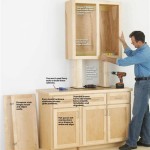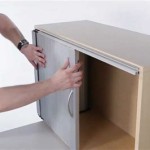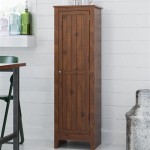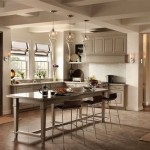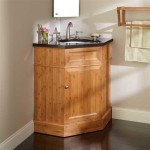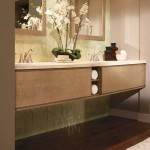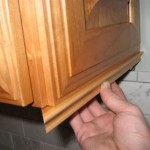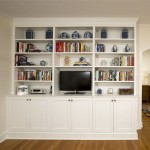How to Install European Cabinet Hinges
European cabinet hinges, also known as concealed hinges, are a popular choice for cabinet makers and DIY enthusiasts. These hinges offer a sleek and modern aesthetic while providing smooth and durable operation. Installing European hinges involves a few key steps that require precision and patience. This guide will walk you through the process of installing European cabinet hinges correctly, enhancing the appearance and functionality of your cabinets.
Understanding European Cabinet Hinges
European cabinet hinges are distinct from traditional hinges in several ways. Firstly, they are concealed, meaning the hinge mechanism is hidden within the cabinet frame. This offers a clean, minimalist look. Secondly, they utilize a cup-shaped base that is mounted on the cabinet door, while the hinge arm is mounted on the cabinet frame. This design allows for smooth and silent opening and closing, unlike the creaking of traditional hinges.
European cabinet hinges also offer a wide range of adjustments, allowing for fine-tuning of the door alignment. These adjustments are typically made through screws located on the hinge arm. This adjustability ensures a perfect fit and eliminates gaps between the door and the frame.
Installing European Cabinet Hinges
Installing European cabinet hinges involves a few key steps. The process is straightforward, but accuracy is paramount. Here is a detailed guide:
Step 1: Marking the Hinge Positions
Start by marking the positions for the hinge cups on the cabinet door and the hinge arms on the cabinet frame. Use a pencil and a ruler to ensure precise placement. The hinge cup should be positioned at least 3/4" from the edge of the door and at least 1" from the top and bottom of the door. The hinge arm should be positioned at the corresponding location on the cabinet frame.
Step 2: Drilling and Installing the Hinge Cups
Using a drill with a drill bit slightly smaller than the diameter of the hinge cup, create a pilot hole at the marked positions on the cabinet door. Drill a recess for the hinge cup using a cup-shaped drill bit or a Forstner bit that corresponds to the size of the hinge cup. Insert the hinge cup into the recess and secure it with screws provided with the hinge.
Step 3: Mounting the Hinge Arms
Mark the locations for the hinge arms on the cabinet frame. Drill pilot holes at these locations and attach the hinge arms using screws. Ensure that the hinge arms are aligned with the hinge cups on the door. Use a level to ensure the alignment if necessary.
Step 4: Adjusting the Hinges
Once the hinges are mounted, adjust the hinges to ensure a perfect flush fit between the door and the frame. Use the adjustment screws on the hinge arms to move the door in and out, up and down, and side to side. Ensure that the door opens and closes smoothly without rubbing or binding.
Essential Tips and Considerations
Here are some essential tips and considerations to keep in mind when installing European cabinet hinges:
Using a Jig for Precision
For accurate hinge placement, consider using a hinge jig. A hinge jig is a template that helps you position the hinges consistently. It saves time and ensures a professional finish.
Choosing the Right Hinge
European cabinet hinges are available in various sizes and styles. Select the appropriate hinge based on the thickness of your cabinet door and the desired opening angle. For example, hinges with a 105-degree opening angle are ideal for full-overlay doors, while 90-degree hinges are suitable for semi-overlay doors.
Using the Correct Screws
Always use the screws provided with the hinges. These screws are specifically designed for the hinges and ensure a secure and durable installation. Using incorrect screws can cause damage to the hinges or the cabinet.
Thorough Cleaning
Before installing the hinges, clean the surfaces of the cabinet door and the cabinet frame to remove dust and debris. This will prevent the hinges from becoming clogged and ensure smooth operation.
Proper Maintenance
To maintain the smooth operation of European cabinet hinges, periodically apply a light lubricant to the hinge pins. This will prevent the hinges from becoming stiff and ensure a quiet and smooth opening and closing experience.

Installing European Hinges Woodworking Blog S Plans How To

How To Install European Hinges On Your Cabinet Doors

How To Install Cabinet Hinges Pine And Poplar

How To Install European Cup Hinges Fine Homebuilding

How To Install Overlay Kitchen Cabinet Hinges Roots Wings Furniture Llc

How To Install Concealed Hinges The Complete Guide

Converting Overlay Hinges To European Carpentry Diy Room Home Improvement Forum Kitchen

Installing European Hinges Woodworking Blog S Plans How To

How To Fit Concealed Euro Style Hinges For Overlay Inset Cabinet Doors 348

How To Measure Install Concealed Hinges On Cabinet Doors
Related Posts

